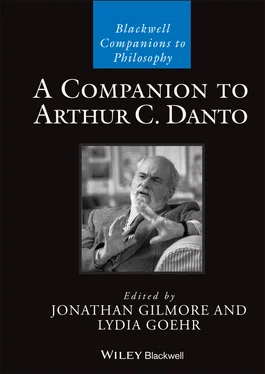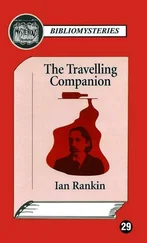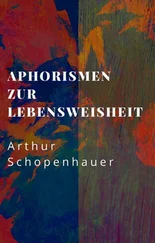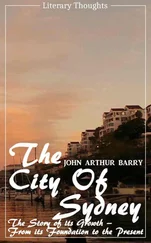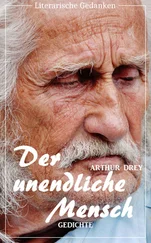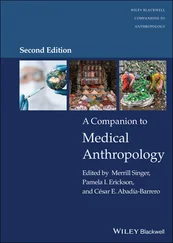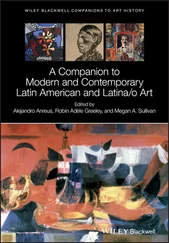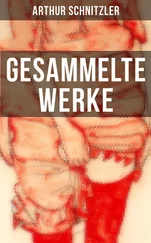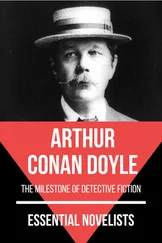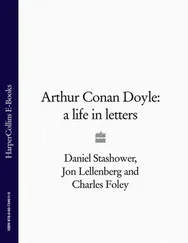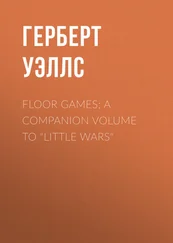A Companion to Arthur C. Danto
Здесь есть возможность читать онлайн «A Companion to Arthur C. Danto» — ознакомительный отрывок электронной книги совершенно бесплатно, а после прочтения отрывка купить полную версию. В некоторых случаях можно слушать аудио, скачать через торрент в формате fb2 и присутствует краткое содержание. Жанр: unrecognised, на английском языке. Описание произведения, (предисловие) а так же отзывы посетителей доступны на портале библиотеки ЛибКат.
- Название:A Companion to Arthur C. Danto
- Автор:
- Жанр:
- Год:неизвестен
- ISBN:нет данных
- Рейтинг книги:5 / 5. Голосов: 1
-
Избранное:Добавить в избранное
- Отзывы:
-
Ваша оценка:
- 100
- 1
- 2
- 3
- 4
- 5
A Companion to Arthur C. Danto: краткое содержание, описание и аннотация
Предлагаем к чтению аннотацию, описание, краткое содержание или предисловие (зависит от того, что написал сам автор книги «A Companion to Arthur C. Danto»). Если вы не нашли необходимую информацию о книге — напишите в комментариях, мы постараемся отыскать её.
Companion
A Companion to Arthur C. Danto
A Companion to Arthur C. Danto — читать онлайн ознакомительный отрывок
Ниже представлен текст книги, разбитый по страницам. Система сохранения места последней прочитанной страницы, позволяет с удобством читать онлайн бесплатно книгу «A Companion to Arthur C. Danto», без необходимости каждый раз заново искать на чём Вы остановились. Поставьте закладку, и сможете в любой момент перейти на страницу, на которой закончили чтение.
Интервал:
Закладка:
Yet Danto takes up the Platonic distinction between art and reality precisely to invert its ontological valorization. Rather than being ontologically demeaned vis-à-vis ordinary real things like beds or grapes, the artwork, for Danto, receives an ontological promotion, while real objects, which may even be “like it in every obvious respect, … remain in an ontologically degraded category” (Danto 1981, 5). Artworks are thus not simply unreal; they instead partake of a higher ontological status than ordinary reality, one requiring a special mental act of artistic interpretation. “The distinction between art and reality is absolute,” Danto declares, linking this claim to Hegel’s elevation of art to the realm of Absolute Spirit while real objects merely form “the Prose of the World” (Danto 1992, 94 & 96). Art’s role is to “express the deepest thoughts” and convey “the kind of meaning that religion was capable of providing” (Danto 1997, 188, 2000, x). Pragmatist aesthetics, while insisting on art’s transfigurative and truth-disclosing power, maintains that art’s transfigurative experiences and meanings are immanent in this world. Such experiences are not a transition to a transcendent, higher world but instead the deeper and more penetrating perception of ordinary realities that reveals just how extraordinary the ordinary can be when properly perceived.
Another contrast between Danto’s approach and pragmatist aesthetics concerns the definition of art. Like most analytic philosophers, Danto is preoccupied with defining art, confessing “the philosophical aspiration of the ages, a definition which will not be threatened by historical overthrow,” and he ingeniously seeks this by defining art in terms of its own history and then claiming that this history, in an important sense, is now over with “the end of art.” He argues that twentieth-century art, pursued as a progressive inquiry into art’s essence, has evolved into the philosophy of art and, having reached the philosophical “understanding of its own historical essence,” has reached its logical end (Danto 1986, 209 & 204). Art continues to be produced, even though its history of progressive self-definition is over. It flourishes, instead, in its posthistorical stage where radical pluralism now prevails: anything can be a work of art if it can be interpreted as such in terms of the history of the artworld and its current practices in which you can “do what you damned please” in making art (Danto 1986, 114–15).
Danto’s definition of art as a complex socio-cultural practice essentially defined by its continuing history is an example of what I call a wrapper theory of art, and it may be the best wrapper theory we can get (Shusterman 1992). In faithfully representing our established concept of art and how art’s objects are identified, related, and collectively distinguished, it best realizes the dual goals of wrapper definitions of art: accurate coverage of art’s extension, that is, covering all and only things that have been, are, or will be called artworks and thus compartmentally differentiating them from all other things. Pragmatist aesthetics instead questions whether these goals have the great value that philosophy’s intensive efforts to achieve them seem to assume.
In defining art as a practice defined by art-historical narrative, all substantive decisions as to what counts as art are left to the internal decisions of the artworld as recorded by art history. Philosophy of art collapses back into art history; so the actual, momentous issue of what art is or should be gets reduced to a second-hand account of what art has been up to the present. If it merely reflects how art is already understood, philosophy of art condemns itself to the same reductive definition with which Plato condemned art. It is essentially an imitation of an imitation: the representation of art history’s representation of art. What purpose does such representation serve apart from appeasing the old philosophical urge for theory to mirror or reflect the real, an aim which has outlived the transcendental metaphysics of fixity that once gave it meaning?
The theoretical ideal of reflection originally had a point when reality was conceived in terms of fixed, necessary essences lying beyond ordinary empirical understanding. For an adequate representation of this reality would always remain valid and effective as a criterion for assessing ordinary understanding and practice. But if our realities are the empirical and changing contingencies of art’s career, the reflective model seems pointless. For here, theory’s representation neither penetrates beyond changing phenomena nor can sustain their changes. Instead, it must run a hopeless race of perpetual narrative revision, holding the mirror of reflective theory up to art’s changing nature by representing its history.
Pragmatist aesthetics has a different way of understanding the definition of art. The aim is not perfect extensional coverage or accurate reflection but an effort to improve our experience of art by a definition that invites a change of perspective regarding art, one that could lead to improved experience, partly by highlighting art’s special role in the context of life. Dewey’s definition of art as experience, I have argued, is one such definition. Experience is obviously hopeless as a wrapper definition of art because peak aesthetic experiences exist outside of art, while many artworks fail to provoke the sorts of strongly unified and pleasurable experiences that Dewey highlights as what the best of art delivers. Defining art as experience, however, is very helpful in reminding us that what is most rewarding in art is not the physical objects with which art is typically identified but instead the experiences that those objects are used to express and provoke (Shusterman 1992, 3–61, 1997). In the same way, in defining art as what I have termed “dramatization” – that is, the placement of an object or event in a formal frame to intensify its experience – I do not mean to preclude as art the many things dramatized outside the recognized artworld, such as ritual and sports events. To dramatize means both to stage something (to put something in a frame or mise-en-scène) and to intensify. The idea of defining art as dramatization is to highlight the connection of background frame, which includes the socio-historical context and institutions of art, with the heightened interest or meaning of content that this frame intensifies (Shusterman 2001). In this way, a pragmatist aesthetics combines the two main currents of modern aesthetics, supplementing the sociohistorical, institutional or context-based approach well represented by Danto with a strong emphasis on the content of intense experience that Dewey emphasized.
If art history’s crucial role in framing the creation and reception of artworks is one of the key views that Danto shares with pragmatist aesthetics, then another is that this history is one of developing change whose direction can be largely determined by the creative efforts of artworld members. Danto’s long and admirable career in practical criticism, as art critic for The Nation shows his recognition that art needs more active care than mere wrapper definitions that simply reflect the status quo. Art history can be made not only by the work of artists and critics, but also through the intervention of theorists, whose views have traditionally been central to the creative and critical context in which artists, critics, and art historians function. Consider, for example, how Aristotle’s Poetics dominated centuries of dramatists and critics, or how Kantian ideas of aesthetic imagination and judgment helped shape romantic poetry and justify modernist formalism. As Danto’s philosophical theories of art pervade his art criticism, he exemplifies the pragmatic idea of putting theory into practice, while conversely using practice to guide and inspire his theorizing.
Читать дальшеИнтервал:
Закладка:
Похожие книги на «A Companion to Arthur C. Danto»
Представляем Вашему вниманию похожие книги на «A Companion to Arthur C. Danto» списком для выбора. Мы отобрали схожую по названию и смыслу литературу в надежде предоставить читателям больше вариантов отыскать новые, интересные, ещё непрочитанные произведения.
Обсуждение, отзывы о книге «A Companion to Arthur C. Danto» и просто собственные мнения читателей. Оставьте ваши комментарии, напишите, что Вы думаете о произведении, его смысле или главных героях. Укажите что конкретно понравилось, а что нет, и почему Вы так считаете.
